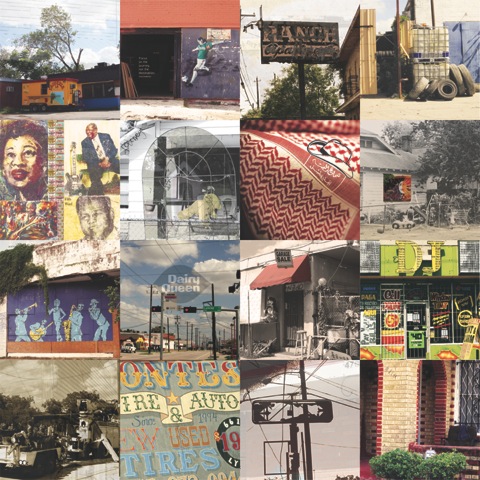Romancing the Desert: Landscape and Ideology in Willa Cather’s Death Comes for the Archbishop
Abstract
Willa Cather’s Death Comes for the Archbishop depicts the process through which individual perception distorts a previously inscribed landscape. Cather’s portrayals of the Southwest articulate the Euro-American wish to transform an unfamiliar landscape and culture into a blank space onto which desires for mastery can be projected and ultimately fulfilled. The idea of the closure of the frontier as a defined spatial category allowed romanticized imaginings to abound; as Mary Lawlor argues in Recalling the Wild: Naturalism and the Closing of the American West, “writers and artists across the social spectrum found in the topic of the vanished ‘wilderness’ an opportunity to memorialize the open-endedness, the sense of possibility of what was now regarded as a storied zone of adventure” (1). Throughout Death Comes for the Archbishop, Father Latour engages in the process of memorializing this “adventure zone” both concretely, through construction of the cathedral and his cultivation of gardens, and ideologically, with the dictation of “truths and fancies” about the New Mexican diocese to his young disciple. Latour’s myth-making remaps the landscape with a Euro-American spirituality, becoming the palimpsest under which traces of indigenous history and layers of empire can be unearthed.




